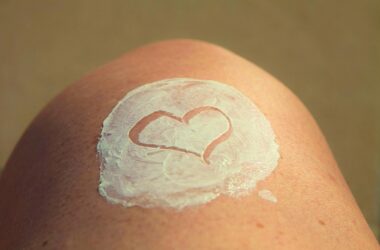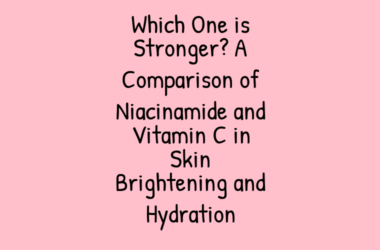Table of Contents
The Misconception: Exfoliating is Only for Dry Skin
When it comes to skincare, many of us think that exfoliating is only necessary for dry, flaky skin. However, this is a common misconception. In reality, exfoliating is crucial for oily skin as well. In this article, we’ll dive into the importance of exfoliating for oily skin and why it’s not just for dry skin.
The Benefits of Exfoliating for Oily Skin
Oily skin can be a challenge to manage, but exfoliating can help. When you have oily skin, your pores can become clogged with dead skin cells, dirt, and oil, leading to blackheads, whiteheads, and acne. Exfoliating helps to remove these impurities, unclog pores, and reduce the appearance of pores, giving you a smoother, more radiant complexion.
How Exfoliating Helps with Oily Skin
Exfoliating helps to balance the skin’s natural pH, which is often disrupted in oily skin. When the skin’s pH is out of balance, it can produce more oil, leading to even oilier skin. Exfoliating helps to restore the skin’s natural pH, reducing oil production and keeping the skin in balance. Additionally, exfoliating helps to remove excess sebum, the natural oil produced by the skin, which can contribute to a greasy complexion.
The Importance of Chemical Exfoliation for Oily Skin
Chemical exfoliants, such as alpha-hydroxy acids (AHAs) and beta-hydroxy acids (BHAs), are particularly effective for oily skin. AHAs, like glycolic acid and lactic acid, help to break down dead skin cells and unclog pores, while BHAs, like salicylic acid, are more effective at penetrating the pores and dissolving blackheads and whiteheads. Chemical exfoliants can be gentler on oily skin than physical exfoliants, like scrubs, which can strip the skin of its natural oils and cause irritation.
Physical Exfoliants: Not Always the Best Option for Oily Skin
Physical exfoliants, like scrubs and brushes, can be harsh on oily skin and even exacerbate the problem. These exfoliants can strip the skin of its natural oils, causing it to produce even more oil in an attempt to compensate. This can lead to a vicious cycle of oiliness and irritation. In contrast, chemical exfoliants are more effective at targeting the root causes of oily skin, like clogged pores and uneven skin tone, without stripping the skin of its natural oils.
How to Exfoliate Oily Skin
Exfoliating oily skin requires a gentle, targeted approach. Start by using a chemical exfoliant containing an AHA or BHA, 1-2 times per week. Begin with a low concentration and gradually increase as your skin becomes more tolerant. Be sure to follow the product’s instructions and patch test before using a new exfoliant. You can also use a gentle physical exfoliant, like a konjac sponge, 1-2 times per week. Remember to moisturize after exfoliating to keep the skin hydrated and balanced.
Conclusion
Exfoliating is not just for dry skin; it’s essential for oily skin as well. By removing dead skin cells, unclogging pores, and balancing the skin’s natural pH, exfoliating can help to reduce the appearance of pores, control oil production, and improve skin texture. Chemical exfoliants are particularly effective for oily skin, and by using them in conjunction with gentle physical exfoliants and a balanced skincare routine, you can achieve healthy, radiant skin that looks and feels its best.
Recommended Products
-
Product on sale
 Arbutin 3X Skin Whitening Collagen Body Cream 250gOriginal price was: KD8.000.KD7.000Current price is: KD7.000.
Arbutin 3X Skin Whitening Collagen Body Cream 250gOriginal price was: KD8.000.KD7.000Current price is: KD7.000. -
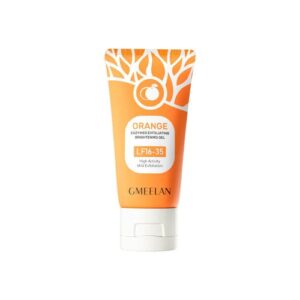 Gmeelan Orange Enzymes Exfoliating Brightening Gel – 50gKD4.500
Gmeelan Orange Enzymes Exfoliating Brightening Gel – 50gKD4.500 -
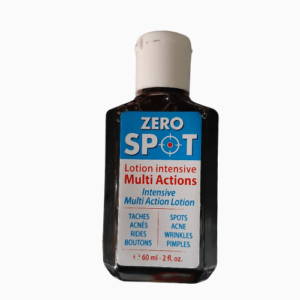 Zero Spot Lotion 60ml | Clear & Even SkinKD5.000
Zero Spot Lotion 60ml | Clear & Even SkinKD5.000 -
Product on sale
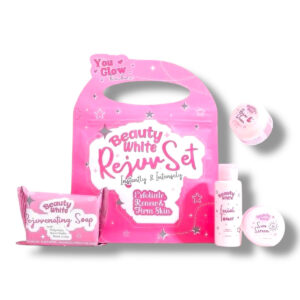 You Glow Babe Beauty White REJUV SETOriginal price was: KD8.000.KD6.000Current price is: KD6.000.
You Glow Babe Beauty White REJUV SETOriginal price was: KD8.000.KD6.000Current price is: KD6.000. -
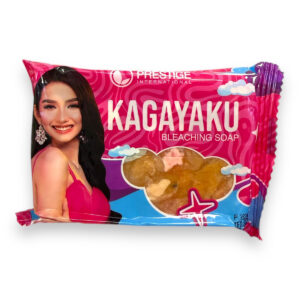 Prestige Kagayaku Bleaching Soap 75gKD2.000
Prestige Kagayaku Bleaching Soap 75gKD2.000 -
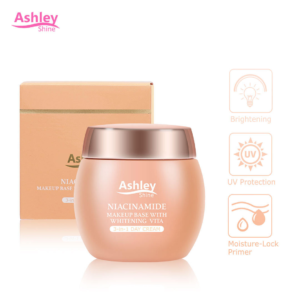 Ashley Shine Niacinamide Whitening 3 in 1 Day Cream – 50gKD4.000
Ashley Shine Niacinamide Whitening 3 in 1 Day Cream – 50gKD4.000 -
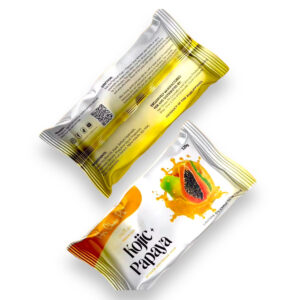 Her Choice Kojic Papaya Soap 120gKD2.500
Her Choice Kojic Papaya Soap 120gKD2.500 -
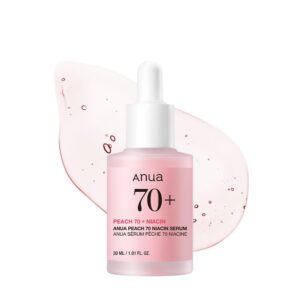 Anua Peach 70 Niacin Serum 30mlKD8.000
Anua Peach 70 Niacin Serum 30mlKD8.000 -
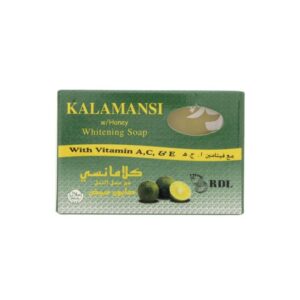 RDL Kalamansi Whitening Soap – 135gKD1.250
RDL Kalamansi Whitening Soap – 135gKD1.250


